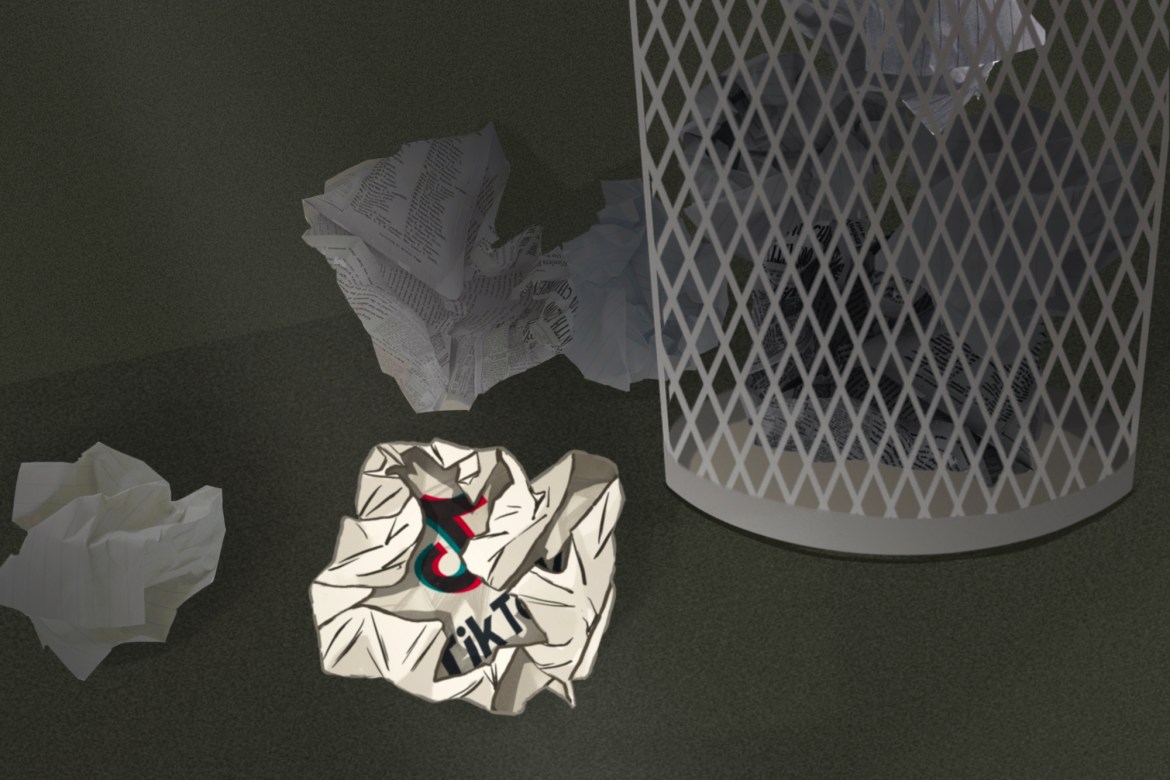In the age of information overload, where do we often get our news from? “I saw somewhere…” or “I heard that…” are phrases we use to begin our sentences as we share a piece of news, a scientific study or some niche history. Our responses, often laced with a little embarrassment, indicate a common source – TikTok. Once a platform for sharing lip-sync and dance videos, or makeup and fashion trends, TikTok has dramatically transformed into a hub for political discourse, organized activism, social critique, and a space for sharing opinions about current world events.
However, this shift has come with its own set of drawbacks. With the addictive algorithms of TikTok leading to increased screen-time for its users, traditional news sources have taken a backseat, which is a worrying trend as it brings to light the quality of the news and information being absorbed. A growing number of people have stopped consuming news from established news outlets and are instead getting their dose of current affairs from TikTok. This does not necessarily mean they are poorly informed; instead, it implies that their sources of information may be tainted with bias or even devoid of facts.
The reason for this is quite simple. Most of the “news” on TikTok is generated by ordinary people, sharing content by simply hitting the record button on their mobiles. In the midst of an endless scroll, and often due to a lack of media literacy skills, viewers do not cross-check the authenticity of the information being communicated. This not-so-accurate piece of news can attract millions of views before someone steps up to debunk the false information. It becomes an unchecked breeding ground for gossip on a large scale.
Furthermore, TikTok’s addictive algorithm, designed to keep users scrolling by producing content similar to what they have previously liked, creates an echo chamber of sort. This echo chamber is not limited to just news but also opinions, which are often presented as facts. This blur of actuality can become a roadblock in people’s understanding and perception of what is real, causing them to forget the significant difference between opinions and facts.
The discourse around banning TikTok brings this pivotal discussion into the limelight. In a world where the truth becomes a secondary factor and virality is the ultimate goal, one cannot help but question the reliability of the information being transmitted. Misinformation becomes an inevitable threat as we struggle to differentiate the real from the fake. The trust we had in standing on common ground seems to have dwindled in the face of viral content and biased views.
However, the answer to this challenge lies a bit closer home than anticipated. Universities and colleges hold the key to instilling a sense of media literacy among their students. They should encourage students to explore an interdisciplinary study of various disciplines, thereby exposing them to the concept of media literacy. The English department can focus on critical reading and rhetoric, the psychology department can teach about cognitive processes and biases, and the history department can provide insights into the use of propaganda throughout time.
Through this endeavor, we can inspire the younger generation to assume their responsibility of rebuilding a society not only politically up to date but also anchored around a common reality. Such an educational framework has the potential to facilitate a well-informed and responsible citizenry in the digital age, navigating through a vast sea of ‘somewhere’ and ‘I heard that’ to a more substantial ‘Here’s where I read that.’





